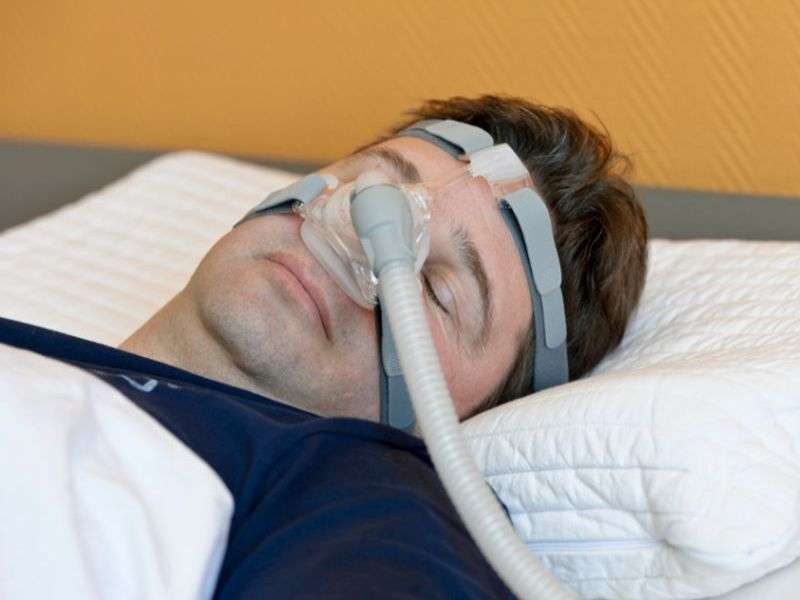(HealthDay)—For patients with severe obstructive sleep apnea under a copayment health care system, obstacles other than finances are primarily responsible for reduced purchase of continuous positive airway pressure (CPAP) devices, according to a study published in the January issue of the Annals of the American Thoracic Society.
Tetyana Kendzerska, Ph.D., from the University of Toronto, and colleagues examined the correlation between patient neighborhood income level and CPAP device purchase under a cost-sharing health insurance system. Patient data were linked to provincial health administrative data to determine CPAP equipment purchase, comorbidities, neighborhood income, and rural status.
The researchers found that 58 percent of the 695 participants with severe obstructive sleep apnea and excessive daytime sleepiness purchased a CPAP device. The likelihood of living in a higher-income neighborhood was increased for patients who accepted CPAP. The cumulative incidence of CPAP acceptance was 43 and 52 percent, respectively, for individuals in a low-income neighborhood (quintile 1) versus combined higher-income neighborhoods (quintiles 2 to 5) at six months (P = 0.05). Living in higher-income neighborhoods versus the lowest-income neighborhood correlated with a 27 percent increased chance of accepting CPAP after controlling for age and sex (hazard ratio, 1.27; 95 percent confidence interval, 0.98 to 1.64; P = 0.07).
"Living in an unfavorable neighborhood is not an obstacle to CPAP treatment among symptomatic patients with severe obstructive sleep apnea under a copayment health care system," the authors write. "However, a potential 27 percent improvement in CPAP acceptance associated with higher neighborhood income is not inconsequential. Also, the overall CPAP acceptance rate was relatively low, suggesting that obstacles other than finances are primarily responsible."
More information:
Full Text (subscription or payment may be required)
Editorial (subscription or payment may be required)
Copyright © 2016 HealthDay. All rights reserved.






















